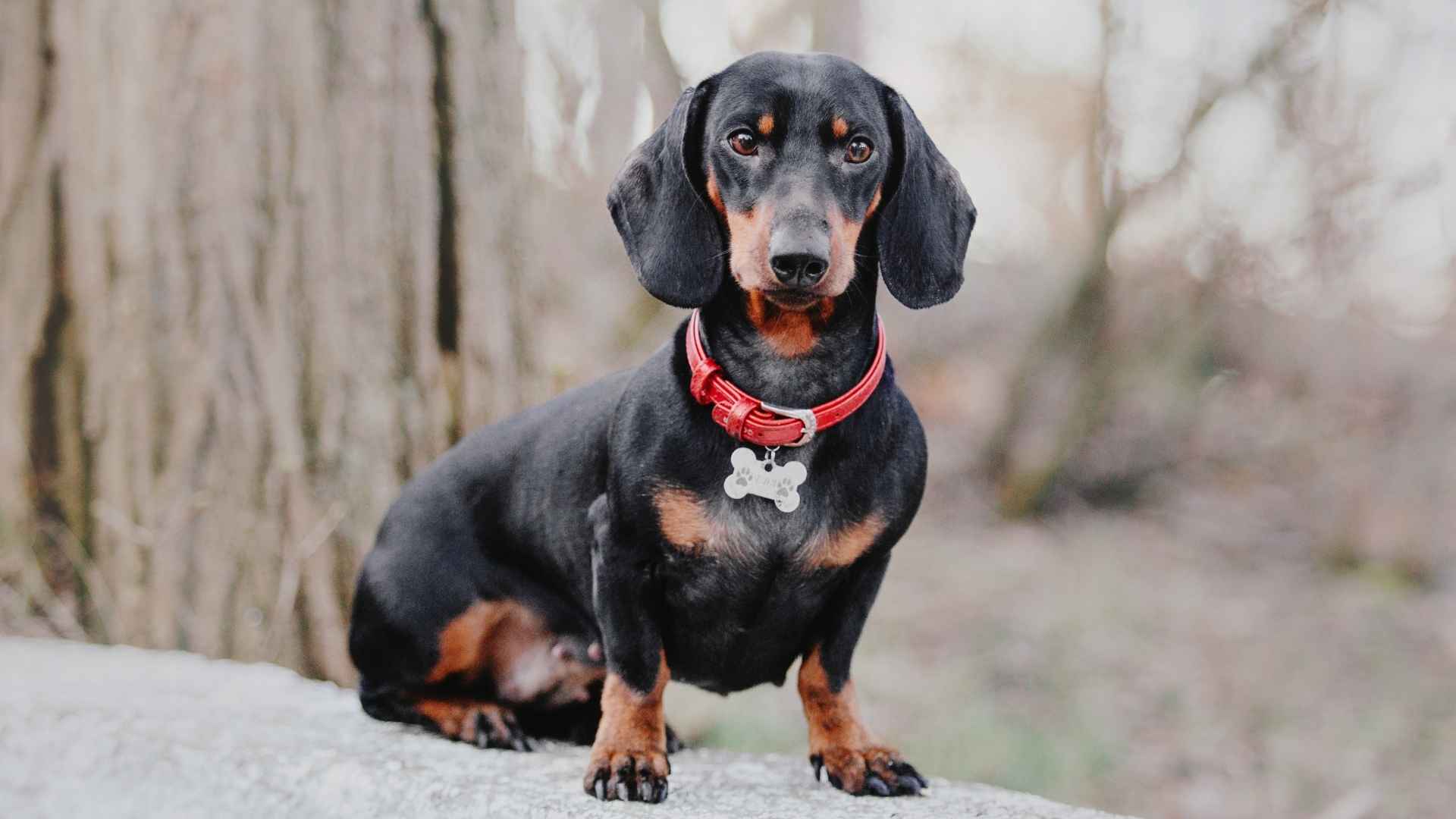When it comes to your dog’s health, weight plays a major role in their overall well-being and longevity. While all dogs benefit from balanced nutrition and regular activity, certain breeds naturally maintain a healthier weight with less effort. These breeds are typically more energetic, metabolically efficient, or simply less inclined to overeat, making them ideal companions for owners concerned about long-term health.
Just like people, some dogs are more prone to packing on extra pounds due to genetics, lifestyle, or breed-specific traits. However, others are biologically wired to stay lean and active, which often translates into fewer weight-related health concerns over time. Though no breed is entirely immune to obesity, those on this list tend to require less intervention to stay fit.
In this guide, you’ll discover the dog breeds that are least prone to obesity and learn what makes their physiology and behavior different. Whether you’re choosing a new pet or seeking to better understand your current one, this list offers valuable insight into maintaining a healthy, happy canine life.
Dog Breeds Least Prone To Obesity
1. Beagle
Naturally energetic and always eager to explore, Beagles are a great example of a breed less susceptible to obesity, provided they get regular exercise. They are one of the healthiest dog breeds. Originally bred as scent hounds for tracking game, Beagles maintain a high activity level and an innate desire to stay on the move.
PetMD states that while Beagle puppies are usually very energetic, they tend to become more relaxed with age. However, whether young or fully grown, Beagles still enjoy going on walks, runs, or hikes with their owners and require at least an hour of daily exercise.
Their curious nature and love for outdoor adventures make them naturally active, which helps keep extra weight at bay. While their strong food motivation requires owners to monitor their diet carefully, their playful and alert personalities ensure they burn calories through frequent movement.
Health
These hunting dogs generally enjoy a healthy life span ranging from 10 to 15 years. While they may develop eye or hip issues later in life, these conditions are not common in younger dogs. Because they’re highly scent-driven, they’re prone to scavenging and overeating if left unsupervised, so portion control is key.
Nevertheless, their robust energy levels and active dispositions typically support healthy weight maintenance throughout most of their lives.
Fact: There are two Beagle varieties, one stands under 13 inches tall, the other between 13 and 15 inches, and both are agile, athletic, and companionable.
2. Belgian Malinois
These high-energy herding dogs are born to move and thrive in environments that demand physical and mental activity. Known for their agility and work ethic, Malinois are commonly employed in police and military roles, where their lean frames and sharp minds are put to the test.
According to the AKC, the Malinois has a short, waterproof coat that is easy to maintain. Brushing it occasionally with a medium-bristle brush, rubber grooming mitt, or hound glove helps keep the coat looking good, encourages new hair growth, and spreads natural skin oils evenly. Their natural drive to stay active minimizes the risk of obesity, provided their high exercise needs are met daily.
Health
Belgian Malinois typically enjoy a long lifespan of 14 to 16 years. This breed is considered very healthy, with only a few known hereditary conditions such as hip or elbow dysplasia and eye issues.
Their athletic build and consistent need for stimulation help maintain an ideal weight throughout their life. Because they’re so eager to work and please, they respond well to training and benefit from a structured, active routine.
Fact: The Belgian Malinois is so agile and obedient that they’re trained by the military for extreme tasks; some are even taught to skydive with their handlers.
3. Bichon Frise
The Bichon Frise is a compact dog with a lively personality. Purina describes the Bichon Frise as a cheerful and fluffy non-sporting breed that closely resembles a cute little toy. Their moderate energy levels, combined with a playful and curious nature, keep them moving throughout the day. Though small in size, they’re rarely sedentary.
These dogs thrive on companionship and regular interaction, which often includes bursts of indoor play, short walks, and active engagement, key habits that help prevent weight gain. Their balanced metabolism and moderate appetite make them one of the toy breeds less susceptible to obesity, especially when paired with proper portion control.
Health
These affectionate dogs generally enjoy robust health, with a life expectancy of 14 to 15 years. While they can be predisposed to conditions like cataracts or luxating patella, their overall wellness is enhanced by consistent preventive care.
Regular vet visits, parasite protection, and a heartworm prevention plan are essential to maintaining their long-term vitality. Their white, curly coat may be hypoallergenic, but it still requires attention to avoid skin issues, which can indirectly impact overall fitness.
Fact: This affectionate breed not only thrives on attention but is known for its friendliness toward children and other pets, making them a delightful, well-rounded companion.
4. Border Collie
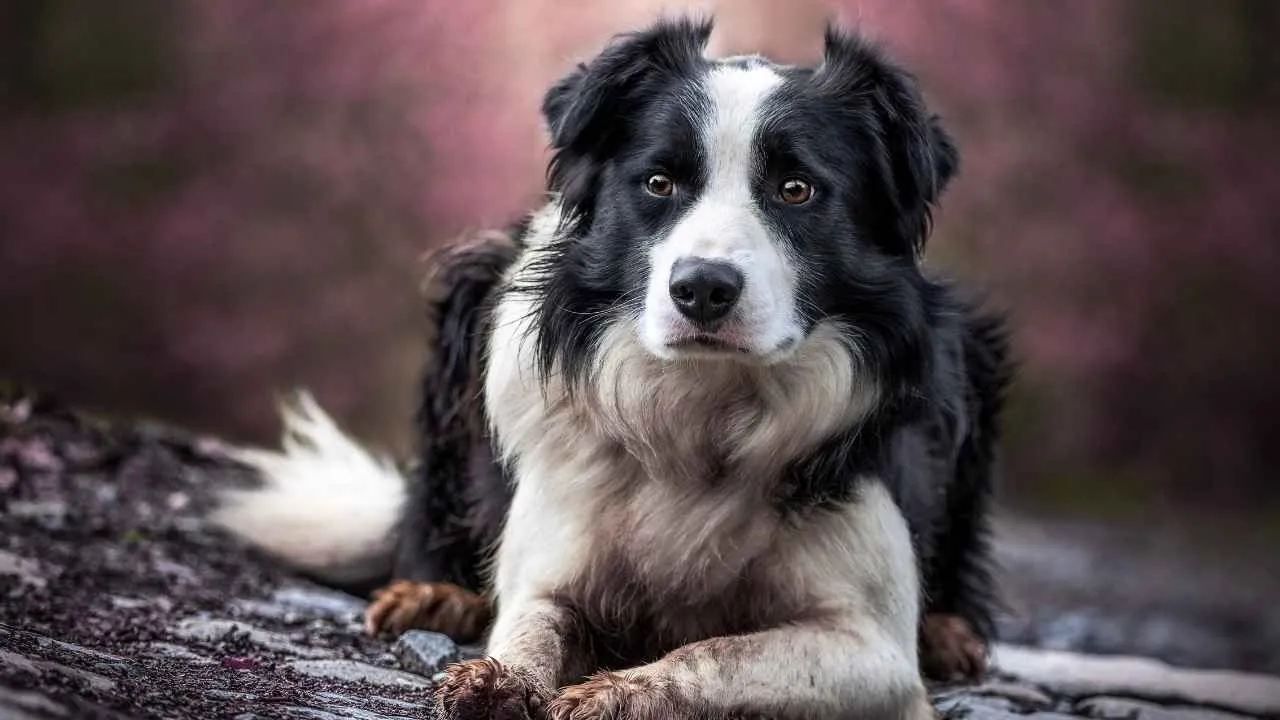
These high-performing herding dogs are always on the move, whether it’s working livestock or dominating agility courses. WebMD reports that Border Collies are highly driven and require plenty of time and attention from their owners. These athletic dogs thrive when given a job to do, and once they’ve had enough activity, they enjoy cuddling and spending time with their families.
Their relentless desire for physical and mental stimulation makes obesity less of a concern, as long as their owners keep up with their enthusiasm. Their lean, agile bodies are a result of centuries of purposeful breeding for endurance and work ethic.
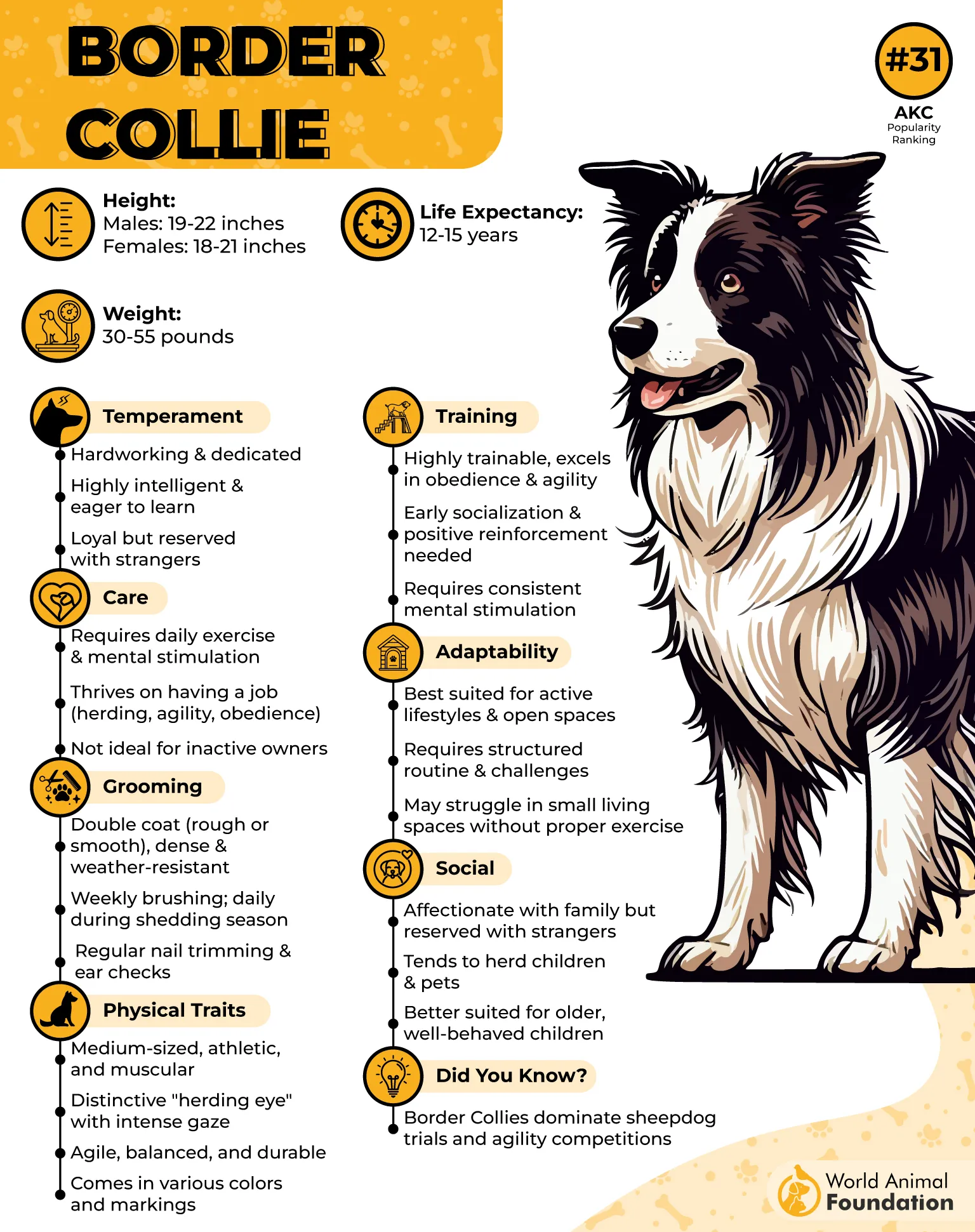
Health
Border Collies have an average lifespan of 12 to 15 years. While they tend to stay fit naturally, responsible breeders screen for inherited issues such as collie eye anomaly, epilepsy, and trapped neutrophil syndrome.
Routine care, like ear cleaning and dental hygiene, is also essential to maintain overall well-being. Despite these potential concerns, their active lifestyle and high intelligence contribute significantly to their health and weight management.
Fact: Border Collies are not just working dogs; they’re champions in competitive agility, where their mental sharpness and speed help keep them in top physical condition.
5. Chihuahua
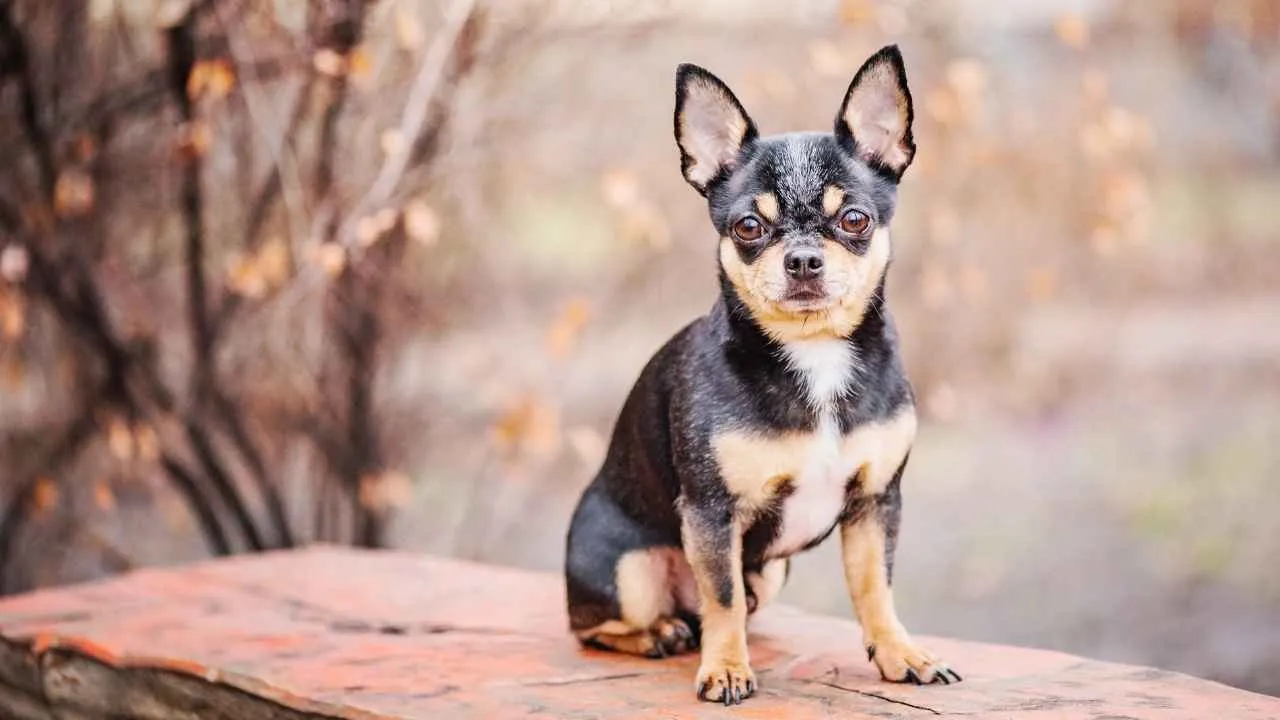
Despite their petite stature, Chihuahuas are bursting with personality and spunk. This tiny breed is known for its bold attitude and high energy, which plays a key role in helping them avoid unhealthy weight gain.
Their lively nature and tendency to stay active, whether trotting alongside their pet parents or barking at birds from a windowsill, naturally support a healthy metabolism. Chihuahuas enjoy short bursts of exercise and are content with quick walks or playtime indoors, making them excellent companions for city dwellers seeking a low-maintenance, yet alert, pet.
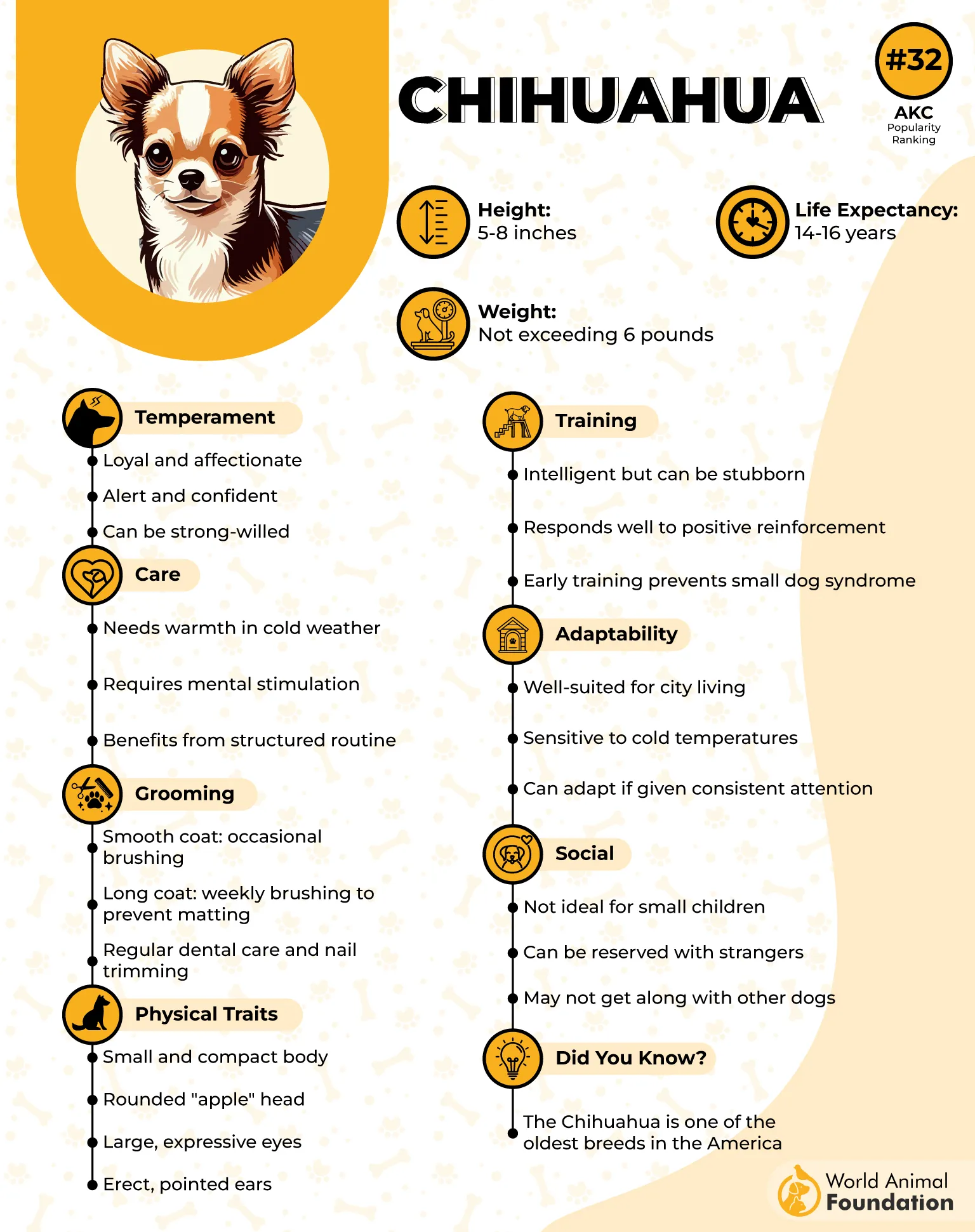
Health
Generally long-lived, Chihuahuas often reach 14 to 16 years of age and sometimes even beyond. While they’re not immune to genetic health concerns such as heart disease, eye issues, or patellar luxation, their active disposition helps them stay trim.
However, their small frame can make even slight weight gain problematic, especially in long-haired varieties where excess weight may go unnoticed. Maintaining a balanced diet and regular activity routine is key to preventing obesity-related issues such as diabetes or tracheal collapse.
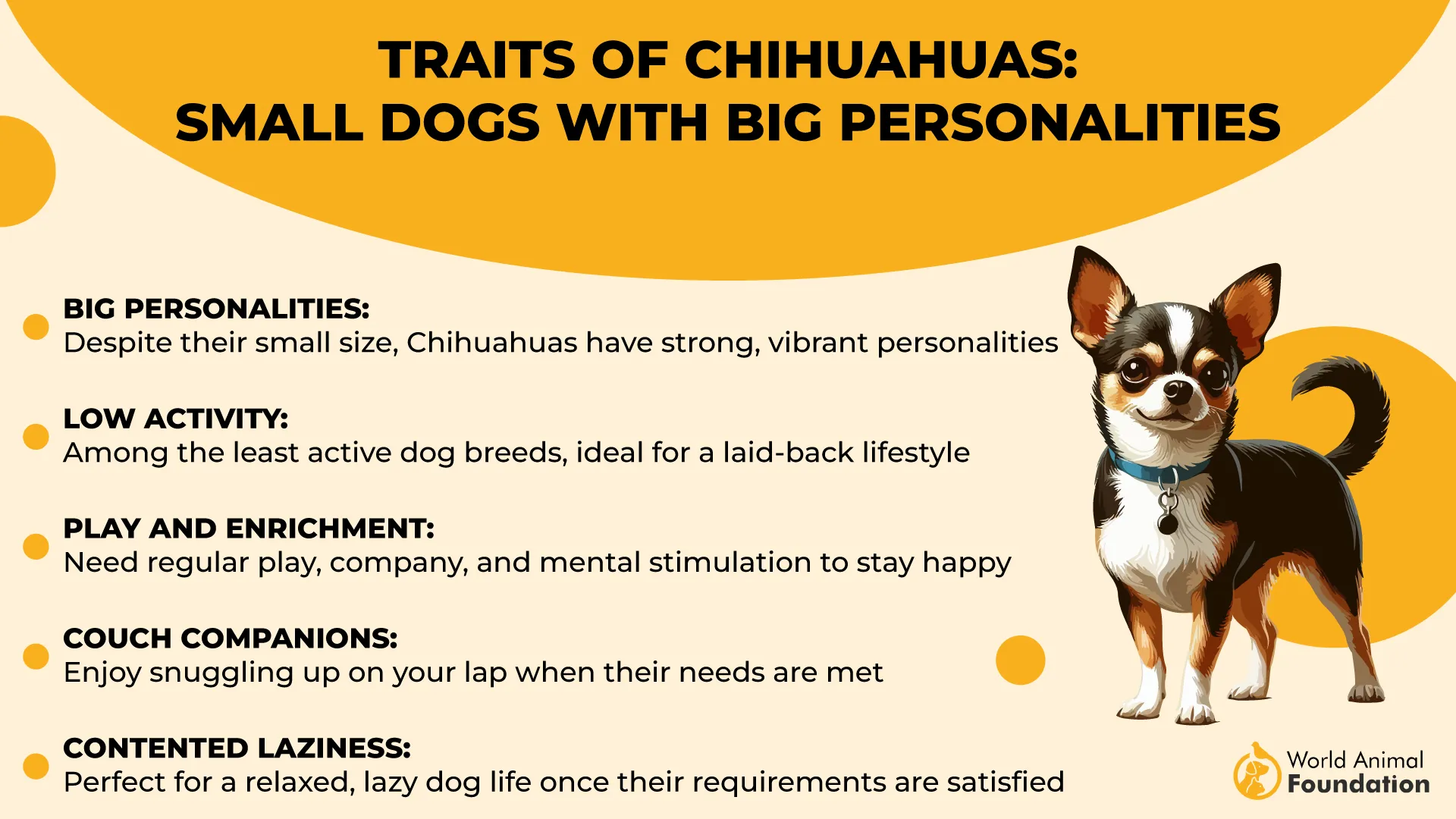
Fun Fact:
Chihuahuas are recognized as the smallest dog breed in the world and have been known to live close to 20 years.
6. Dachshund
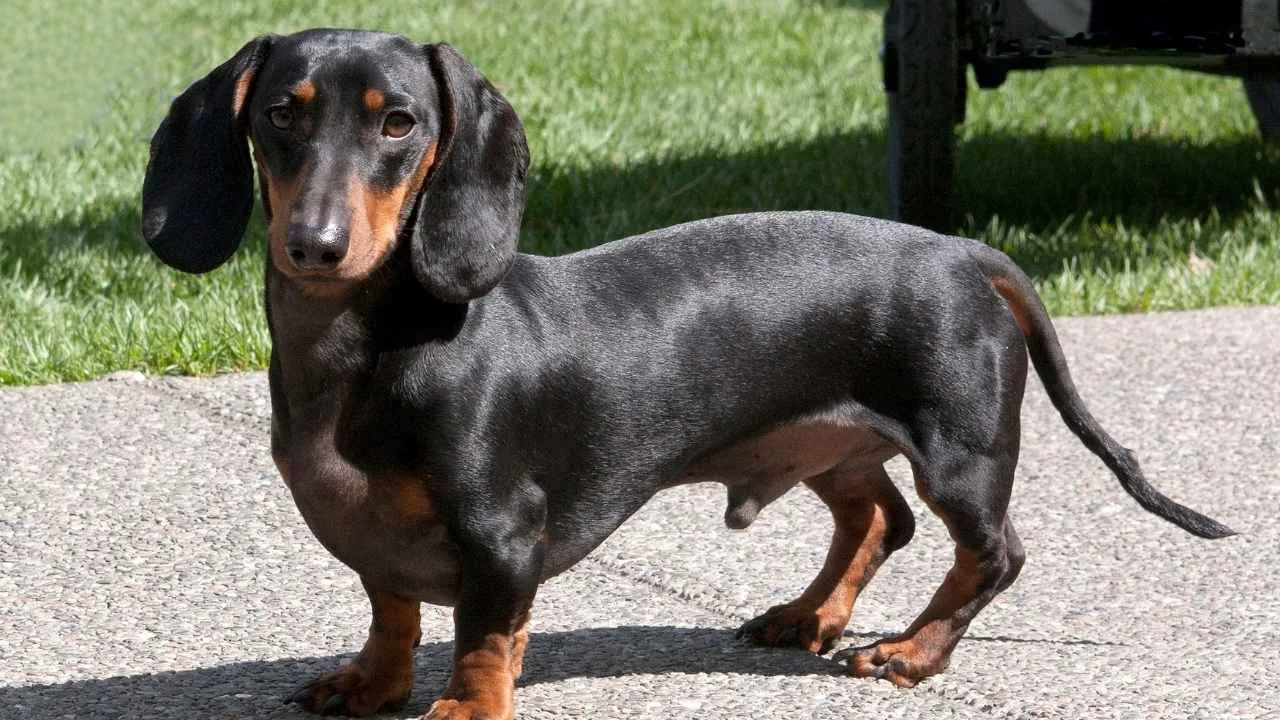
Dachshunds are energetic companions who benefit greatly from regular activity. Originally bred in Germany to track badgers, these determined pups are as spirited as they are charming. Their active nature and keen instincts for exploration make them naturally inclined to stay moving, an asset when it comes to maintaining a healthy weight.
Whether in a standard or miniature size, or with smooth, long, or wire-haired coats, Dachshunds have a playful streak that keeps them on their paws, helping them burn energy throughout the day.
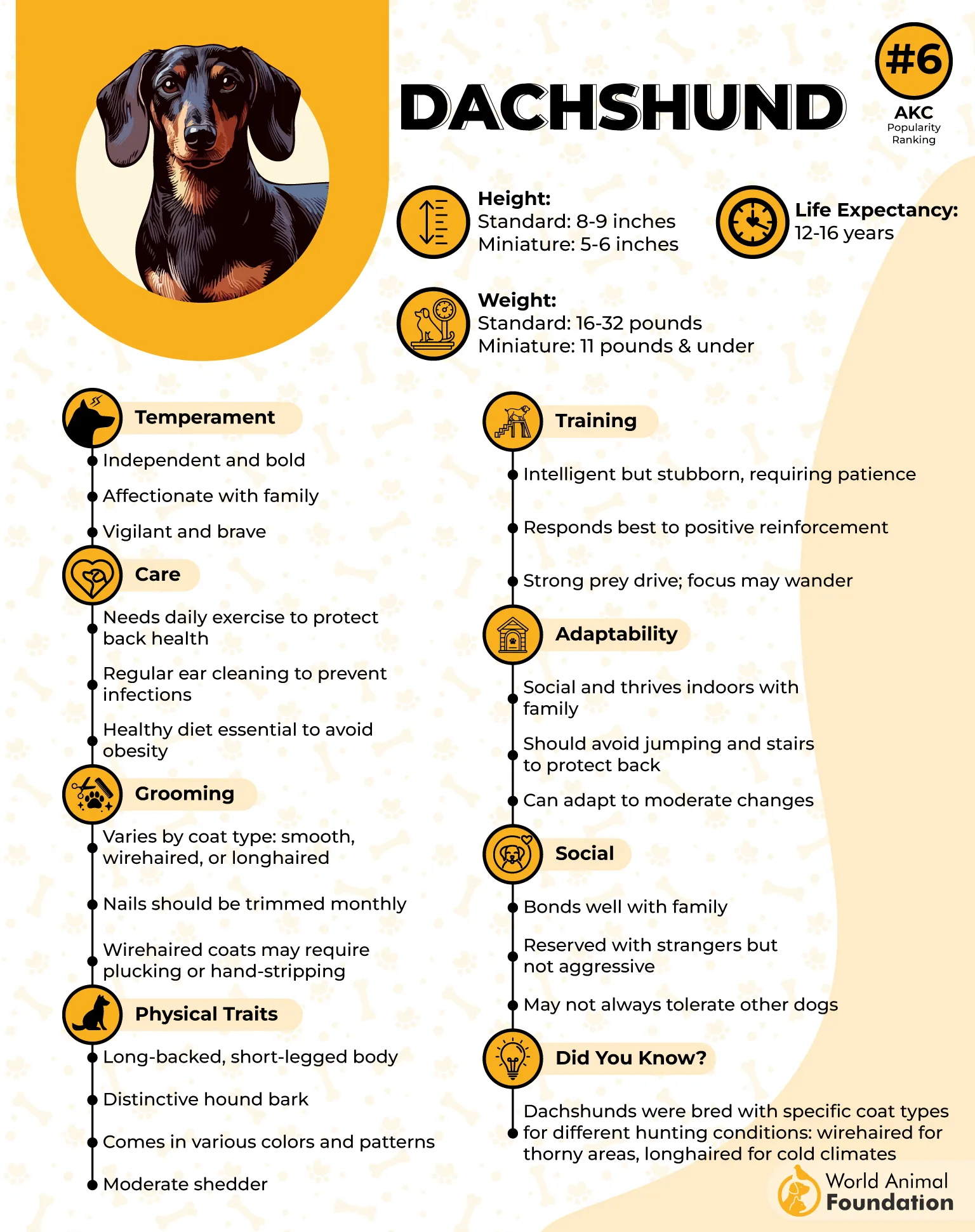
Health
Dachshunds are generally healthy and can live between 12 to 16 years with proper care. However, they are genetically predisposed to intervertebral disc disease (IVDD), a condition affecting their spinal disks. To reduce strain on their long backs and lower the risk of complications, it’s crucial they maintain a healthy weight.
Daily walks, moderate exercise, and discouraging jumping on or off furniture help protect their spine. Interestingly, despite their potential risks, Dachshunds who remain active and slim can sometimes live close to 20 years.
Fact: The American Kennel Club calls the Dachshund an “icon,” thanks to its unforgettable shape and historic purpose.
7. Australian Cattle Dog

An embodiment of endurance and energy, the Australian Cattle Dog is naturally built to avoid many health issues, including obesity. With its roots in herding, this breed thrives on physical challenges and thrives best when given a job to do, making it an ideal partner for high-energy individuals.
Their muscular frame and boundless stamina keep them constantly on the move, reducing the risk of excessive weight gain when their active needs are met.

Health
Australian Cattle Dogs are regarded as one of the healthiest breeds. With an average lifespan of 12 to 16 years, they rarely suffer from chronic health problems, though joint issues may appear with age due to their active lifestyles. Thanks to their Dingo ancestry, these dogs boast exceptional resilience and vigor.
While proper diet and regular body condition checks are essential, their natural drive and energy make them less prone to becoming overweight. Feeding them high-quality dog food and maintaining a consistent activity schedule supports their robust constitution.
Fun Fact: The world’s oldest recorded dog, a Cattle Dog named Bluey, lived to the remarkable age of 29.
Conclusion
When it comes to keeping your dog healthy, selecting a breed that naturally resists weight gain can make a big difference. Many of these energetic, athletic, and alert breeds, from those with tireless stamina to those driven by purpose, thrive on regular activity and mental stimulation. Whether it’s a dog breed native to rugged terrains or one developed for intense work, these dogs tend to maintain leaner physiques and lower obesity risks with the right care.
While purebred dogs often come with well-documented health issues, some of the healthiest options are also among the most resilient. Even mixed-breed dogs, thanks to their genetic diversity, can benefit from a stronger resistance to hereditary conditions, including weight-related ones. Not only do dog breed guarantees perfect health, but those highlighted here tend to support longevity and wellness when paired with proper nutrition and exercise. Prioritizing the right match for your lifestyle ensures both you and your dog enjoy the benefits of lasting vitality.


